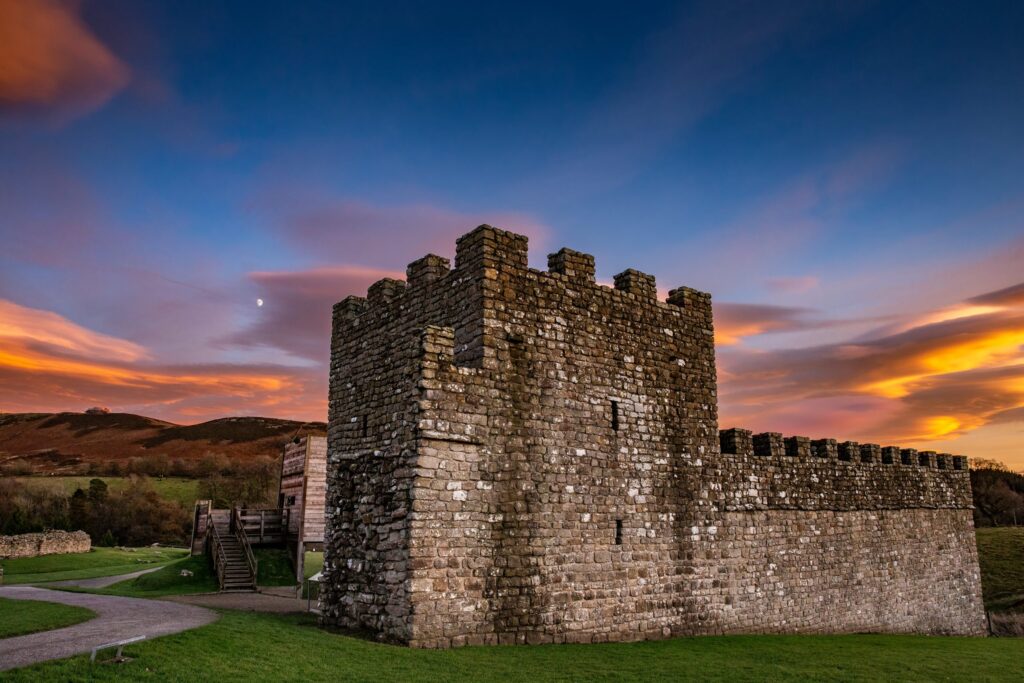- Play Hard
- 5th Feb 2022
- 1.1k Views
- 0
- 1 minutes
Sunday sit-down with… Ellie Turner and Maddie Maughan at the Hadrian’s Wall 1900 Festival

Hadrian’s Wall isn’t just a wall, guys. It’s a wall that’s 1,900 years old in 2022 – and it’s having its own, year-long festival to celebrate.










Comments